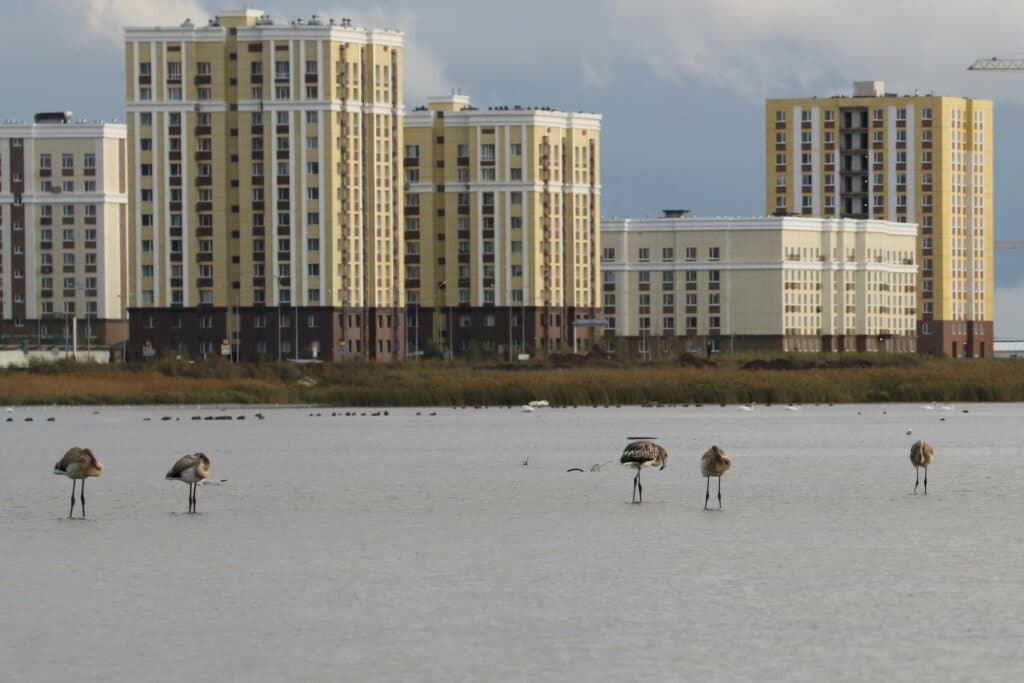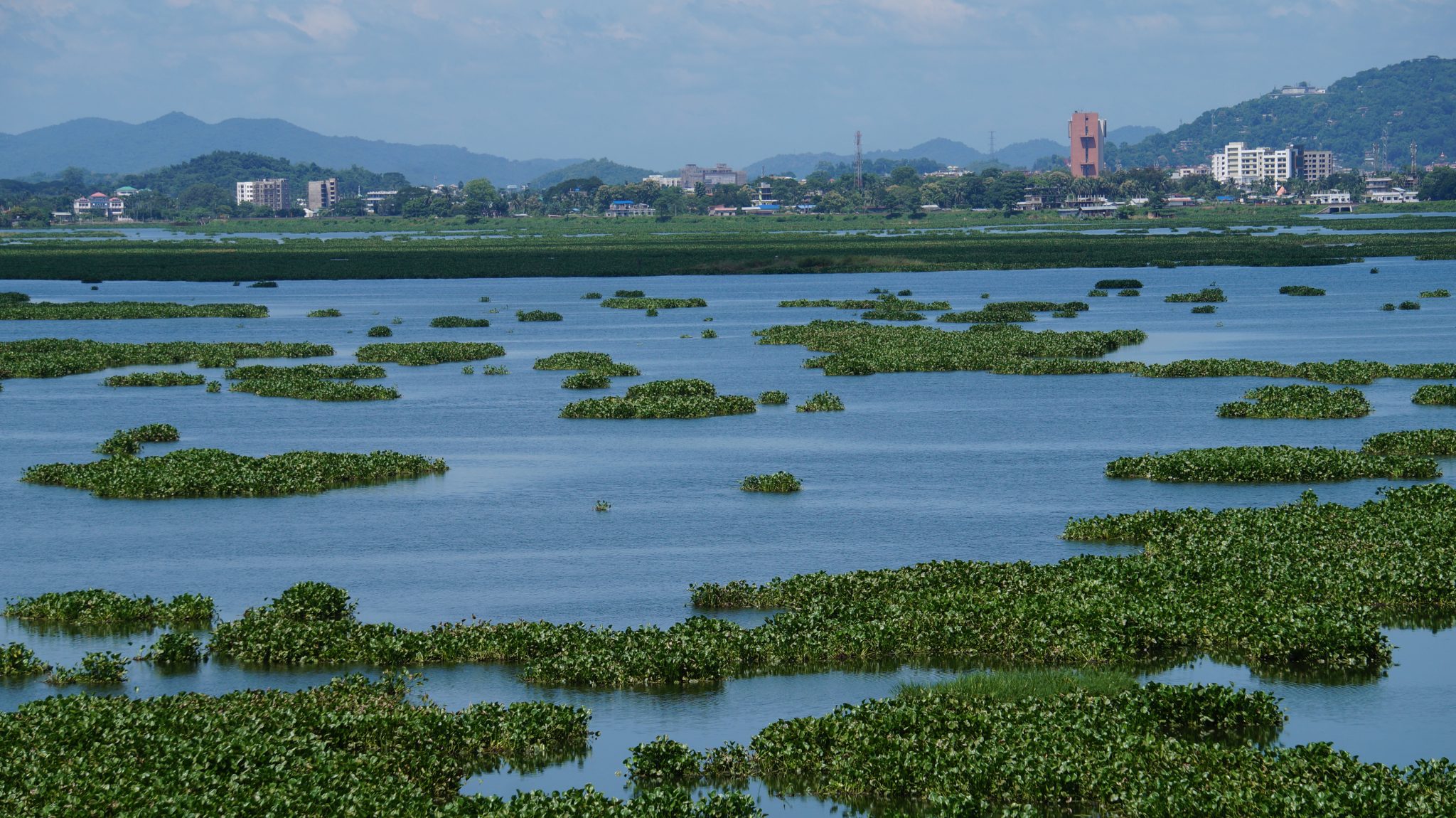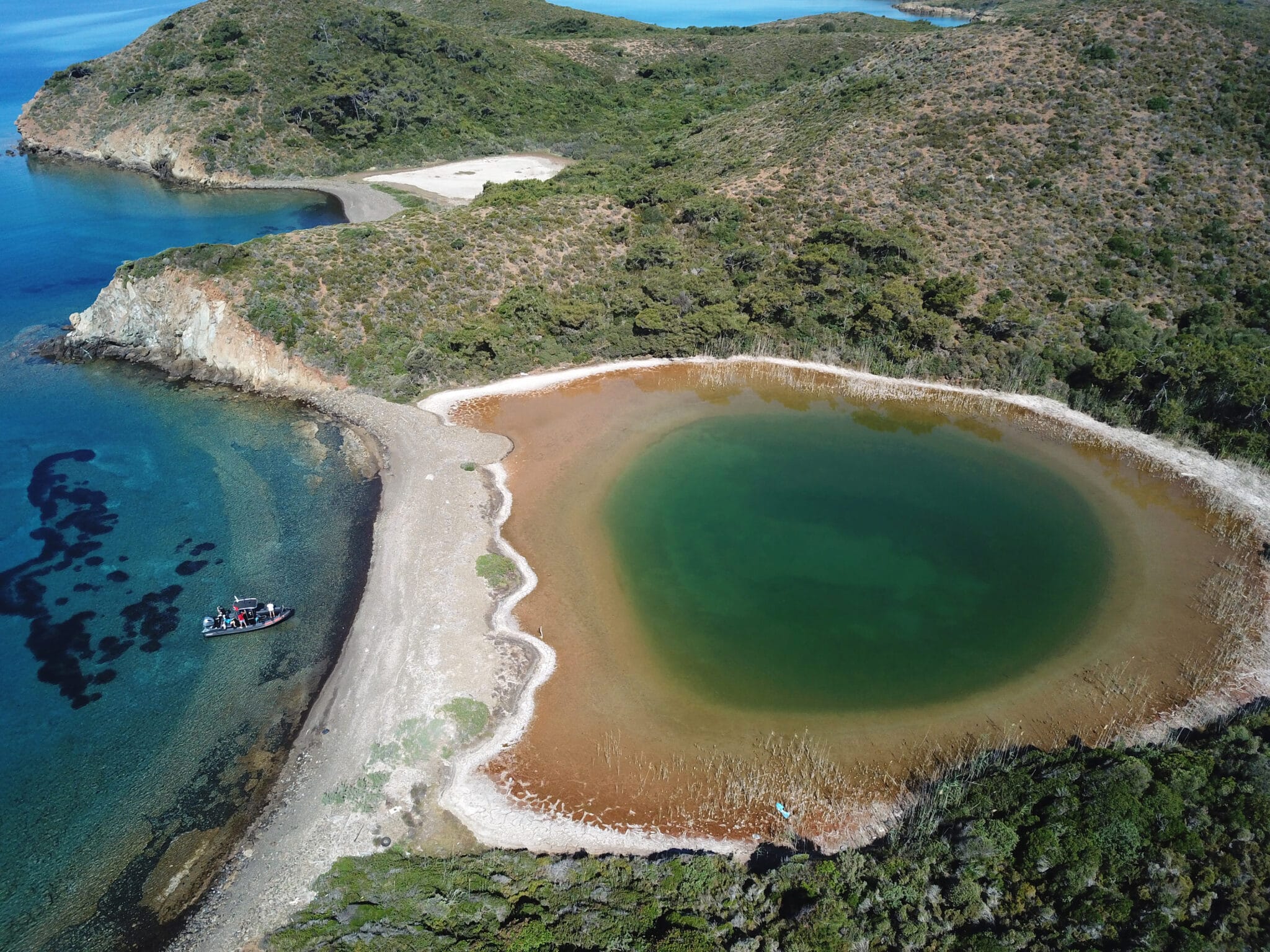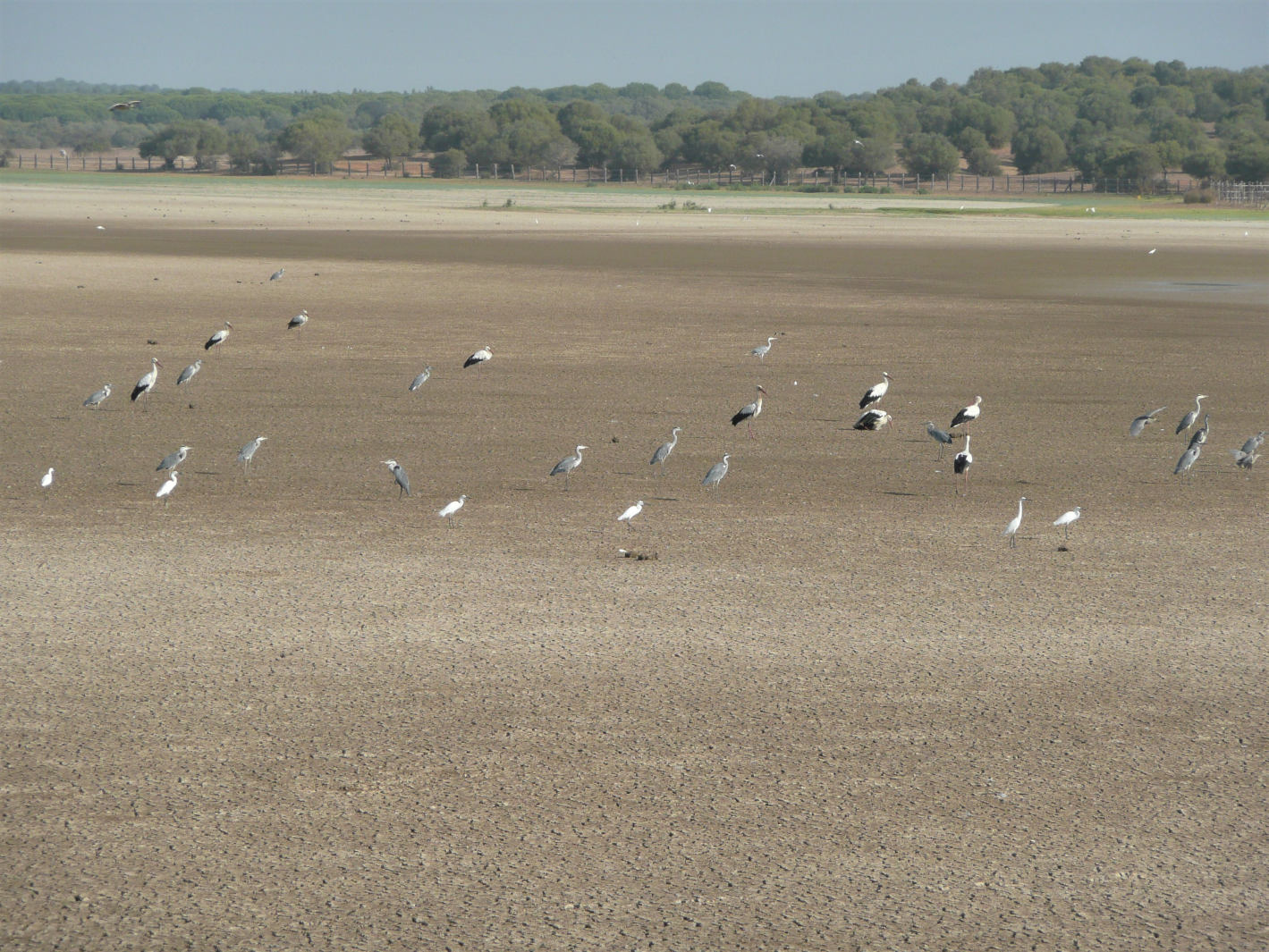Kazakh people are fighting to preserve the natural lakes of Nur‑Sultan

Everything you need to know about how civil society and our Partner ACBK are trying to protect biodiversity in the capital region.
By Marta Silvia Vigano’
For two years now, residents and experts have been fighting to preserve the Taldykol natural lakes system in the new city centre of Nur-Sultan, the capital of Kazakhstan, that city authorities are filling up to build urban housing estates.
Wetlands are oftentimes undervalued by the general public, but in reality, they provide a whole range of ecological functions, such as downstream water supply, flood retention, groundwater recharge, natural pollution removal, and providing habitat for fish and wildlife. While wetlands make up only 6% of the planet’s land, their conservation is vital for arid regions like Kazakhstan, 70% of its territory is affected by desertification, and wetlands are a source of very needed freshwater.
Formed in the landscape depressions between two rivers in what is now the capital region, the Taldykol lakes system originated around 13 000 years ago, at the turn of the Late Cretaceous and the Holocene. The Taldykol lake system consists of lakes Bolshoi Taldykol, Olmes, Maly Taldykol (group of lakes) and Tassuat. It has been traditionally used by locals for fishing and agricultural purposes, but also as a place for residents to rest on the hot summer days.
Since the 70s, the effluents from Nur-Sultan, at the time known as Tselinograd, had been redirected to the Bolshoi Taldykol and Olmes lakes, where they used to enter the water after mechanical and biological purification. In 2016, the discharge of sewage water completely came to a halt. This made space for a land reclamation project that reduced the water surface by three times its historic size – from 1500 ha to 500 ha. The authorities proudly presented the results, labelling the lake system as a green zone in the city’s development plans.
This, however, was not enough. BirdLife’s Partner, the Association for the Conservation of Biodiversity of Kazakhstan (ACBK) had been advocating for the creation of an urban nature park in the capital city for the preservation of the whole Taldykol lake system since 2012. The collection of data on lake flora and fauna and the park conceptualisation went on for several years, also thanks to our UK Partner, the Royal Society for the Protection of Birds (RSPB), that supported the project through various consultations and mutual field visits.
In 2017, the park project for the conservation of the whole Taldykol lakes system was finally included in the city’s environmental health plan. Two years later, the research and design institute Astanagenlan together with ACBK experts developed a detailed plan of the city nature park on an area of 5 700 hectares, regrettably only including the Bolshoi Taldykol lake.
Meanwhile, the city kept growing, with constructions reaching the lake system and fragmenting the Maly Taldykol lake into seven sections. This meant that, isolated from the other lakes, the water level started to drop. Adding injury to insult, the companies and the city administration wasted no time and started actively backfilling the cavity to further build residential blocks.
As soon as the residents became aware of the backfilling action against the Maly Taldykol lake in the summer of 2020, they kicked off the SOS Taldykol initiative to establish an open dialogue between experts, the public, and the city administration. The demand couldn’t be clearer: preserve natural lakes. During the very attempt to kickstart this dialogue, however, one more site was covered in construction and household waste, further threatening the lake system. The city government proposed to create artificial lakes, instead of preserving the lakes at their natural state, deeming them as too heavily polluted.
What the authorities are missing is that lakes are alive and have the potential to recover and function as healthy wetlands. The diversity of bird populations in the area is the proof.
The territory of the Taldykol lake system hosts 168 species of birds, including 86 species of waterbirds nesting around the lakes and stopping there during the seasonal migration period. In 2020, the number of birds nesting on all lakes and adjacent steppe areas was estimated between 1 600 and 5 000 pairs of various species, like Dalmatian Pelicans (Pelicanus crispus), Whooper Swans (Cygnus cygnus), Common Pochards (Aythya ferina), Little Bustards (Tetrax tetrax), and Black-winged Pratincoles (Glareola normani). On the 11th of September 2021, the lake was visited by Greater flamingos (Phoenicopterus roseus), which drove even more momentum to the importance of preserving the lake. In just 37 days, the petition against any further construction around the Maly Taldykol group of lakes saw a flock of 12,000 more signatures, a great achievement for a country whose population is about 19 million people.
With civil society and conservation NGOs advocating hand in hand, the fight to save the historical landmark of the Taldykol lakes system is still ongoing. It can still be saved, and nature in Kazakhstan is counting on it.
Image credits: Association for the Conservation of Biodiver
You might also be interested in:
 | Stichting BirdLife Europe gratefully acknowledges financial support from the European Commission. All content and opinions expressed on these pages are solely those of Stichting BirdLife Europe. The European Commission is not responsible for any use that may be made of the information it contains. |









